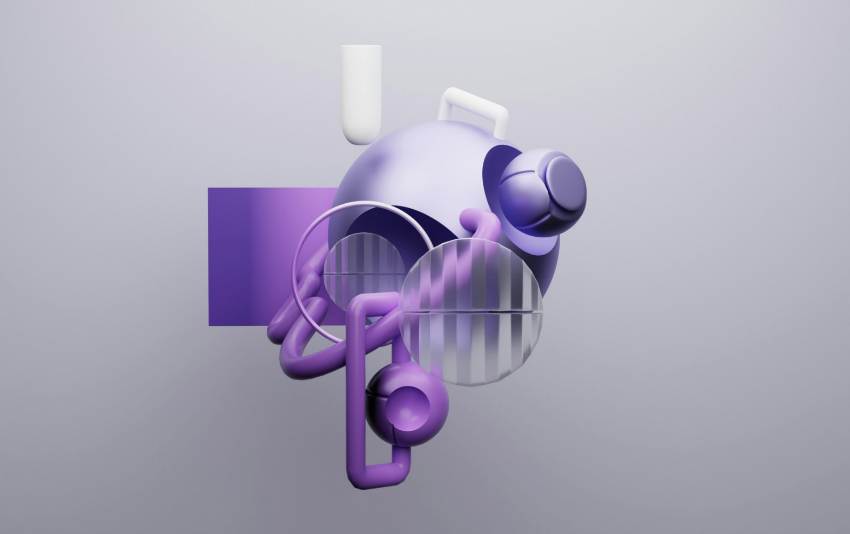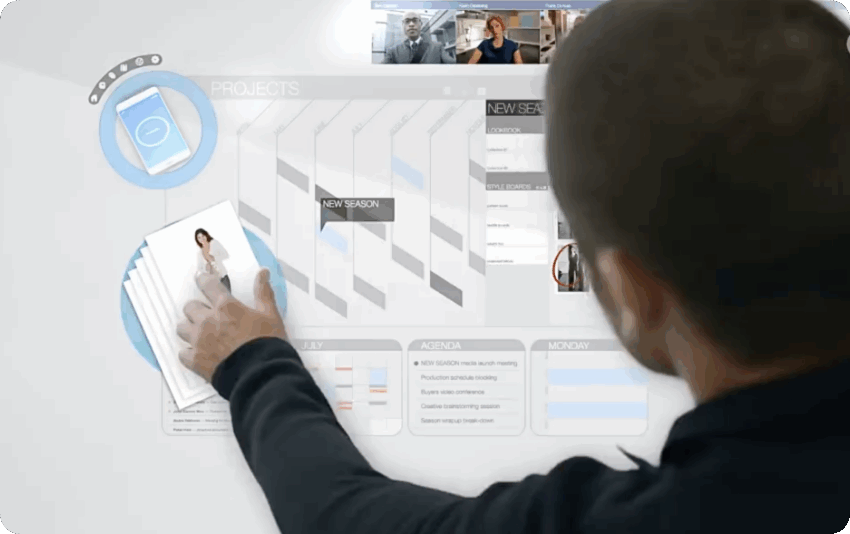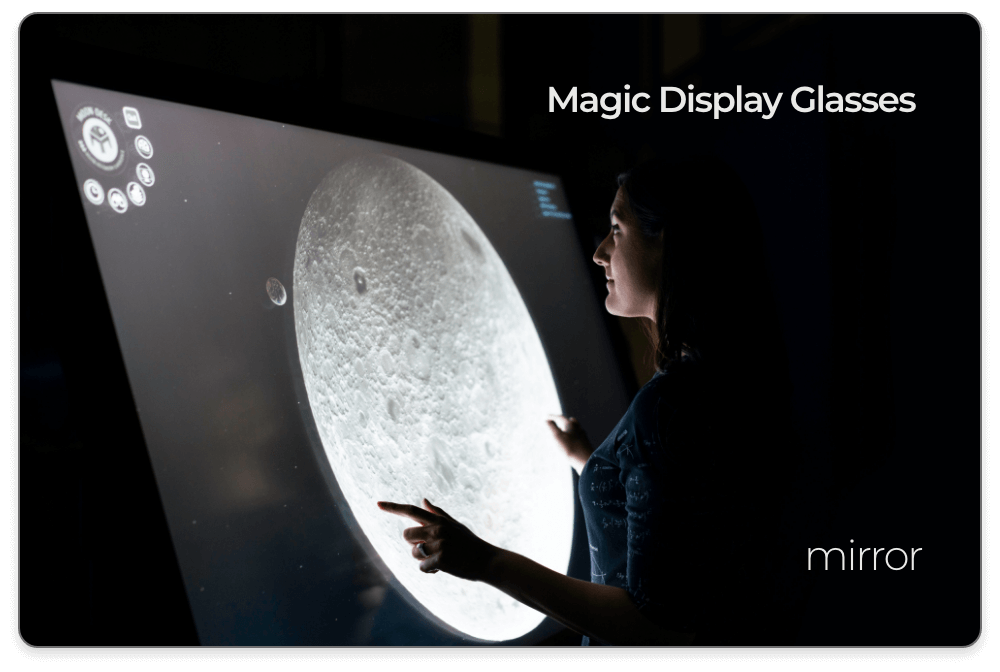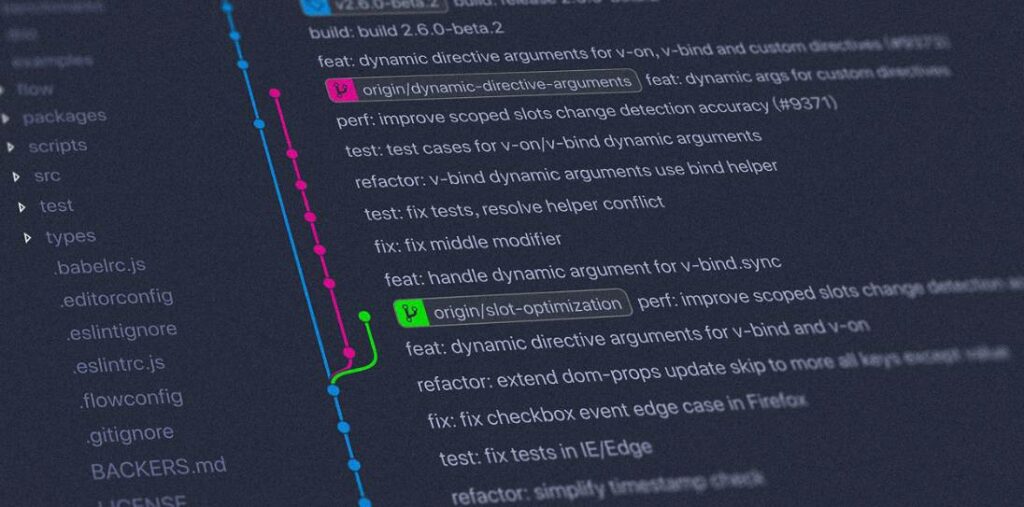As businesses navigate an increasingly complex and dynamic marketplace, efficiency and agility have become paramount. Companies are continuously seeking innovative solutions to streamline operations, minimize costs, and enhance customer experiences. In this evolving landscape, three powerful technologies—Celonis Process Mining Tools, Apache Kafka for AI Automation, and GPT Language Generation—are emerging as game-changers. This article will explore their roles in optimizing business processes, the trends influencing their adoption, and real-world applications that showcase their transformative potential.
.
### The Rise of Process Mining: Celonis at the Forefront
In the realm of business process management, Celonis has established itself as a leader by providing powerful process mining tools that enable organizations to visualize and analyze their operations in real time. Process mining involves extracting knowledge from event logs readily available in today’s enterprise systems, allowing companies to pinpoint inefficiencies, bottlenecks, and compliance issues within their workflows.
.
Celonis’ approach empowers users to create a comprehensive blueprint of their business processes. By offering a data-driven perspective, organizations can make informed decisions backed by analytics rather than intuition alone. The platform’s ability to visualize process flows enables teams to identify anomalies and deviations from expected performance, facilitating corrective measures and continuous improvement.
.
One of the notable features of Celonis is its focus on actionable insights. Users can drill down into specific processes and utilize extensive filtering options to better understand their operations. By leveraging Celonis, businesses can optimize their processes, enhance compliance adherence, and even forecast trends through predictive analytics.
.
### Harnessing Apache Kafka for AI Automation
As companies increasingly adopt AI and machine learning to enhance productivity, the need for reliable data streaming and processing solutions has surged. Apache Kafka, a distributed event streaming platform, serves as the backbone for real-time data integration and automation in AI applications.
.
Kafka’s architecture is designed to handle high-throughput data, making it an ideal choice for businesses that require rapid data ingestion and analysis. In an AI automation context, Kafka streamlines data flow between different systems, ensuring that algorithms have access to the most current information.
.
For instance, Apache Kafka can facilitate the timely processing of data generated from IoT devices or customer interactions. This capability not only enhances the accuracy of AI models but also enables organizations to react quickly to emerging trends and customer feedback, ensuring a competitive edge in the marketplace.
.
Moreover, integrating Apache Kafka with other machine learning frameworks allows businesses to create robust solutions that continuously improve over time. As more data is processed, the AI models can refine their algorithms, resulting in enhanced predictions and automation capabilities.
.
### Bridging the Gap with GPT Language Generation
While process mining and data streaming frameworks optimize operations and data flow, language generation is revolutionizing how businesses communicate. GPT (Generative Pre-trained Transformer) models, such as OpenAI’s GPT-3, have made significant strides in natural language processing (NLP), enabling machines to generate human-like text with impressive fluency and context awareness.
.
In the context of customer service, GPT models can be deployed to create conversational agents capable of providing instant assistance and answering queries in natural language. These AI-driven solutions enhance user experiences while reducing the burden on customer support teams. By seamlessly integrating GPT with existing CRM systems, companies can ensure that customer interactions are informed, relevant, and timely.
.
In addition to customer service applications, GPT can streamline internal communications and documentation. Automated report generation, summarizing meeting notes, and composing emails are just a few of the ways organizations can leverage GPT’s capabilities to enhance productivity and reduce administrative overhead.
.
### Synergizing Technologies: A Comprehensive Solution
By combining Celonis process mining tools, Apache Kafka for AI automation, and GPT language generation, organizations can create a powerful ecosystem that not only optimizes processes but also enhances communication and decision-making.
.
For instance, imagine a retail company that uses Celonis to analyze inventory management processes and identify inefficiencies. By integrating Apache Kafka, they can automate inventory data collection from various sources in real time. In parallel, GPT can be employed to generate automated reports summarizing inventory trends and recommending restocking schedules based on customer demand and historical data.
.
This synergy not only leads to improved operational efficiency but also fosters a culture of data-driven decision-making. With insights readily available and communicated through natural language, stakeholders can make informed choices aligned with the company’s strategic goals.
.
### Industry Use Cases: Real-World Applications
The potential of these technologies can be illustrated through several industry-specific use cases.
.
#### Manufacturing
In the manufacturing sector, organizations are increasingly adopting Celonis for process mining to identify inefficiencies in their supply chain operations. By analyzing data from production lines, companies can pinpoint bottlenecks and optimize workflows. Coupling this with Apache Kafka enables real-time data transmission from machinery and sensors, allowing for predictive maintenance and operational adjustments on the fly. Integrating GPT can facilitate automated reporting on production performance, helping teams make informed decisions without getting bogged down in administrative tasks.
.
#### Financial Services
In financial services, Celonis can be utilized to streamline compliance processes and audit trails by uncovering discrepancies in transaction flows. Apache Kafka’s ability to process large volumes of data ensures timely analysis of transactions and user behavior. Furthermore, GPT can assist in drafting compliance reports and regulatory documents with accuracy, ensuring that firms adhere to legal requirements without extensive manual labor.
.
#### E-Commerce
E-commerce businesses can benefit enormously by leveraging these technologies. Celonis can help retailers analyze their customer journey to identify points of friction, leading to improved user experiences. Simultaneously, Apache Kafka can facilitate real-time data handling from various customer touchpoints, allowing for personalized marketing and product recommendations. GPT can generate tailored email campaigns and product descriptions that resonate with target audiences, driving engagement and sales.
.
### Conclusion
As organizations strive for greater efficiency, the convergence of Celonis process mining tools, Apache Kafka for AI automation, and GPT language generation represents a formidable solution. By leveraging these technologies, businesses can gain unprecedented insights, streamline operations, and enhance communication within their teams and with customers.
.
The path to transformation is within reach for those willing to embrace the potential of these innovative tools. With continuous advancements in AI and data automation, the future of business processes looks brighter than ever. The integration of these technologies will not only fuel operational excellence but also foster a culture of innovation and agility in the face of evolving market demands.
.
### Sources
1. Celonis. (n.d.). What is Process Mining? Retrieved from [Celonis](https://www.celonis.com/process-mining)
2. Apache Kafka. (n.d.). What is Apache Kafka? Retrieved from [Apache Kafka](https://kafka.apache.org/)
3. OpenAI. (n.d.). Introducing GPT-3. Retrieved from [OpenAI](https://openai.com/blog/openai-api/)
4. McKinsey & Company. (2020). The future of work: Harnessing the potential of AI and automation. Retrieved from [McKinsey](https://www.mckinsey.com/business-functions/mckinsey-digital/our-insights/the-promise-and-challenge-of-the-ai-and-automation-revolution)
5. Gartner. (2021). Predicts 2021: AI and Machine Learning. Retrieved from [Gartner](https://www.gartner.com/en/documents/3985516/predicts-2021-ai-and-machine-learning)





























